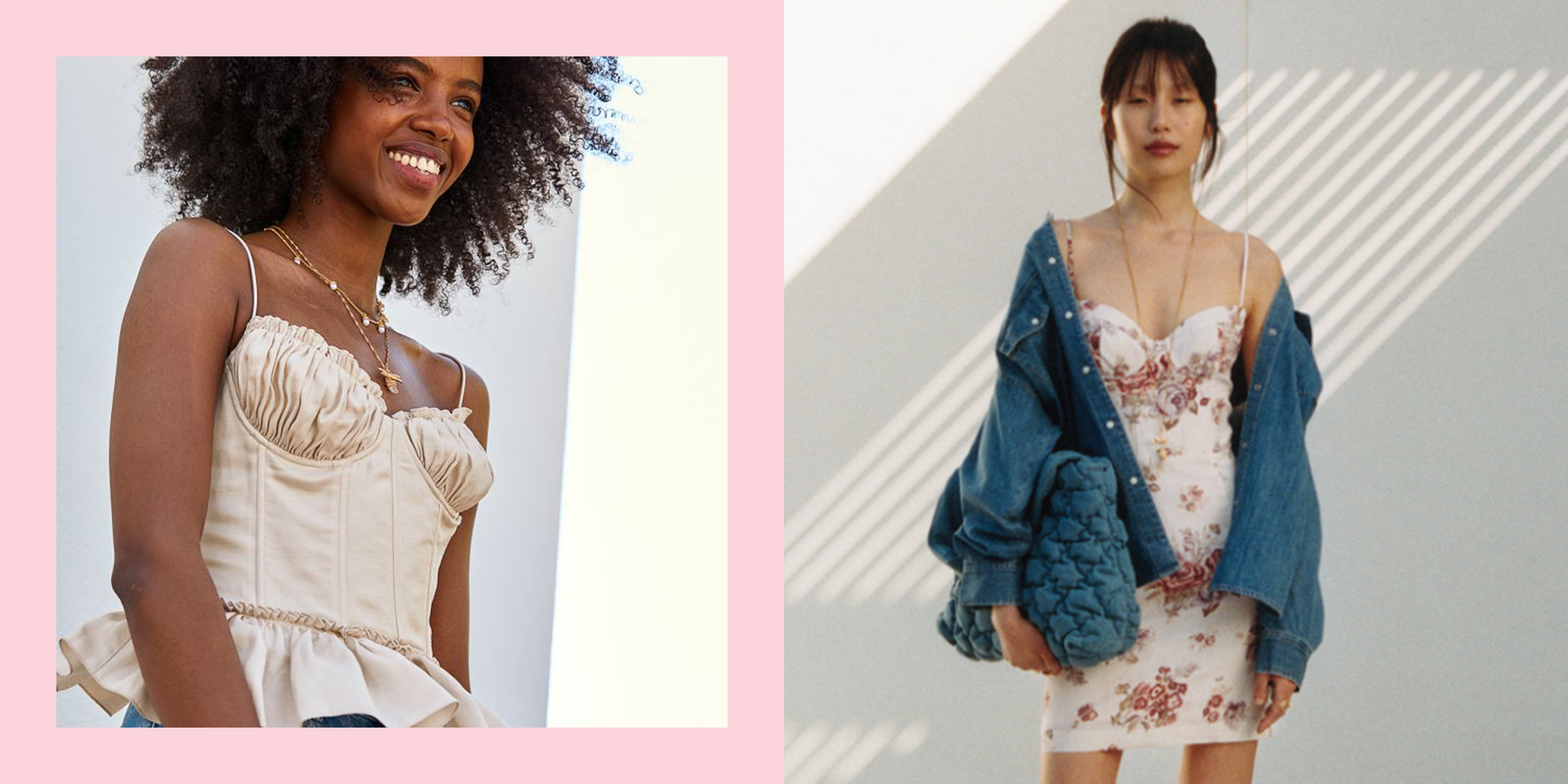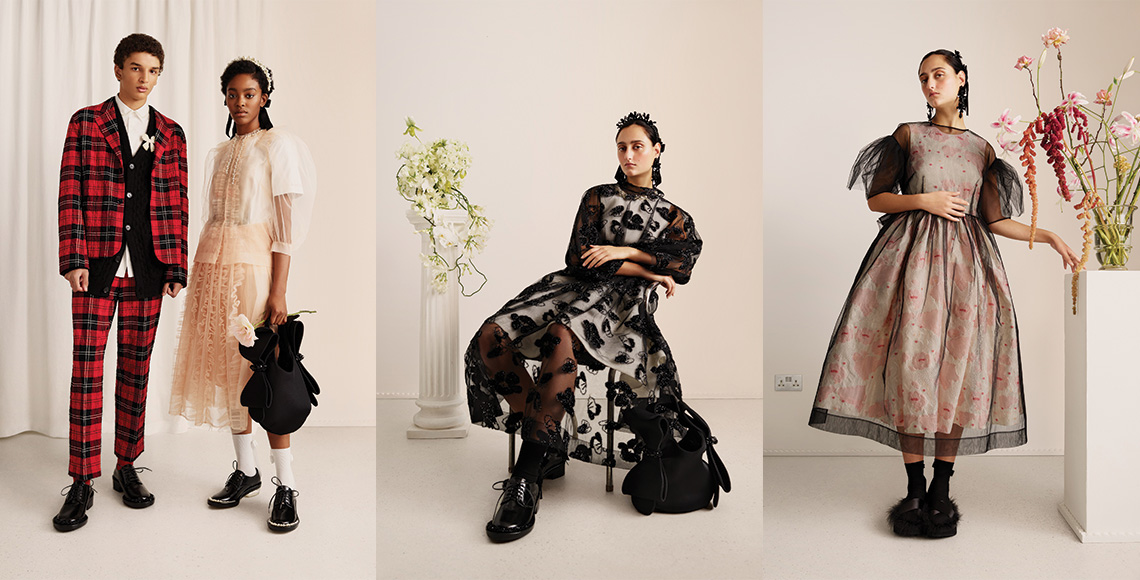H&M and Masstige in Fashion
The brand H&M is believed to have led the way of Masstige in fashion, bringing designer prestige to the fashion market in mass.
The word Masstige itself is a marketing term that means a downward brand extension. Simply said it is the luxury for the masses. Masstige products are premium but attainable, bringing the high end designer on the high street effect. The product has to be considered luxury or at lest giving a sense of expensive and prestige and the product price point has to fill the gap between mid market and super premium. Brands that venture a masstige positioning strategy, effectively differentiated themselves from those middle range brands with its perceived prestige, yet they manage to maintain a reasonable price to large middle range customers. Well these days, it is not something new for designers or business minds to have been working hard to achieve more accessible mass fashion that still has the designer touch. Like Olivier Theyskens who once was the creative director of Nina Ricci, and now has teamed up with US mass brand Theory which distribute its products globally in department stores and boutiques. The price range offered isn’t high street but in a more comfortable arena for main designer brands.
Up to today, the Swedish giant retailer H&M has brought numerous high class designers’ pieces into its stores in a collaboration method. H&M is a well versed player in the growing business for prestige design at mass levels. By bringing the £1,000 price tags into shop floors, H&M managed to gather the hypes surrounding the launches and press circulation of a limited number of designs. During pre-covid era, customers had the chance to have hands on the premium pieces as they battle to try on designs in a full race even to hours before it’s launching time lining up in front of the store.

Previous tie-ups have included Balmain, Stella McCartney, Lanvin, Brock Collection, Simone Rocha, and now the latest one to come in early this year is with Iris Apfel.
Surpassing itself with its collaborations, the Swedish retailer brought up the interiors guru, fashion designer, and avid collector Iris Apfel for a major collaboration in 2022 producing collection for mass consumption. It was announced that the Iris Apfel x H&M will pay a homage to Apfel’s fun and colourful approach to dressing. The collection itself will include both clothing and accessories that will be launched in the same year Iris Apfel will celebrate her 100th birthday. Onlookers believed that the collection will feature plenty of metallic jacquard coats, colourful beaded necklaces, jingling bangles, — everything colourful and bright, not forgetting the replica of Apfel’s signature black oversized glasses.

It is believed that the success of H&M’s collaborations with luxury houses is on its Scarcity Principle. By not making enough clothes to sit the demand, offering products in limited amounts, H&M forces consumer to buy or risk missing out. It happens that the scarcity is a powerful force in gathering the hype and spreading mouth-to-mouth excitements that result in a drastic increment of the store sales. But on the downfall, the principle might hurt the designer the retailer is collaborated with. Karl Lagerfeld, as often hailed as the pioneer of masstige fashion, once vowed to never work with the retailer due to this Scarcity Principle, not making enough clothes for the demand.
Yet overall, how those brand maintain popularity despite having to lower its image merging to mass market is still worth to look at.



